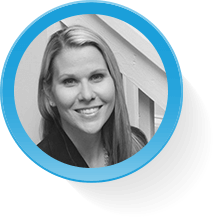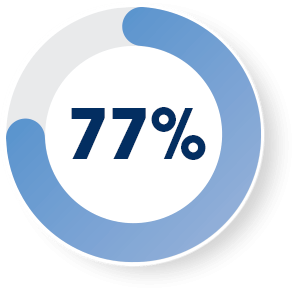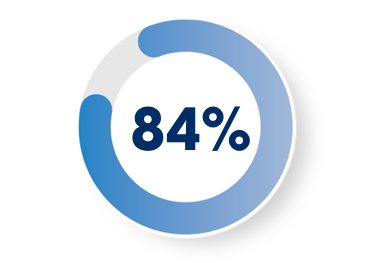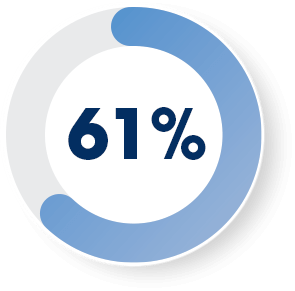Virtual Sales Kickoffs: A Playbook for Skilling Up Your Teams
Here's how to build a virtual sales kickoff that educates and energizes your team for the year ahead.
The whole point of a sales kickoff is bringing your team together to get them ready to sell. Well, now bringing people together isn’t so easy. How do you recapture the same magic — the same collaboration, the same activation — when you’re up against a new and virtual reality?
Don’t just take what worked in person and move it online. Instead, take a step back and reimagine your kickoff entirely, as something that’s digital-first. Virtual learning and team-building is still possible. In this guide, we’ll show you how to achieve all the same goals you achieved in person — only now, remotely.
Goals like:
- Celebrating wins
- Forging connections
- Filling up on inspiration
- Rallying around new initiatives
- Beginning a fresh and powerful 2021
At Salesforce, our sales kickoffs last a full week with multiple keynotes and breakout sessions. At other companies, the sales kickoff might be a single two-hour session. For the purposes of this guide, we refer to sessions as part of a larger kickoff event. But if your kickoff is one session, you can still use many of these tips and strategies to make it memorable.
Let’s go!
Navigate this guide
Identify your goals
Before you dive into planning a virtual sales kickoff, get clarity on your goals for the year so you can incorporate the right messaging into your event. In this selling environment, leaders can no longer measure sales reps based on traditional KPIs, like the number of face-to-face meetings or in-person demos they give.
During the first challenging months, sales development reps (SDRs) at Salesforce focused on making 50 value-add calls per day. (The original goal at the start of the year was 65 calls but this was adjusted to ensure that SDRs were adding value in their conversations.)
“They’re taking on these new responsibilities of making sure that their customers are okay beyond a deal,” said Tiffani Bova, Global Customer Growth & Innovation Evangelist at Salesforce. “How are the insights I am bringing actually helping my customers get back to work, get back to the office, and get back to growth?”
Your expectations have likely shifted, too, as have your territories. Normally, territory planning is a big part of getting teams ready for the new year, and this year is no exception. But it’s important to take stock and set goals even in times of uncertainty to promote unity and a shared sense of purpose within your organization.
“We refreshed our shared values this year. Who knew that this was going to be so critically important in a year like COVID in the circumstances and the challenges that we’ve had?”
After you reflect on the previous year (what went well and what didn’t), share your strategy and intentions for the year ahead. Are you focused on deepening relationships with existing customers? Connecting with new prospects? A combination of the two? Have executive leadership translate the goals from the top down. Use that guidance to clarify your goals for the event. Is it to raise morale, teach soft skills, or something else? Putting in the work on this ahead of time will ensure everyone on the same page.
Examples of Salesforce’s goals in years past include:
- Method: Create solutions around products that solve customer pain points
- Measure: Measure X% increase in cross-sell
- Obstacles: Organizational structure
- Method: Create a holistic plan for customer success, products, and partners
- Measure: X% accounts have an account plan
- Obstacles: Enablement structure
- Method: Create a seamless adoption experience
- Measure: X% increase in adoption rate
- Obstacles: Complexity of product
Involve the right people
Once you’ve set your goals, you need to make sure the right people attend your virtual kickoff. Remember, a kickoff isn’t just about sales. Today, more people touch the customer — and have an impact on business — than ever before, such as customer service, operations, and finance. Invite all key stakeholders to participate so you can get on the same page.
Take a look inside the attendees at a Salesforce sales kickoff:

All managers

All managers

All managers

Select managers

Select managers
In addition to your own teams, thought leaders from the selling world can help your team skill up for the current selling climate. “Outside speakers, especially executives or key sales leaders, can be a powerful way to engage your learners and show that the company cares about them and wants to invest in them,” Jason Salfen, Director of Sales Programs at Salesforce, wrote in a LinkedIn post about engaging domain experts.
For instance, an expert on Sandler Methodology could teach reps to act as trusted advisors to their prospects rather than typical salespeople.
Create the ideal agenda
We get it. Prioritizing agenda items is a tough task. At Salesforce, we aim to create the right mix of culture, celebration, and inspiration across our sessions.
Consider polling your organization to see what subjects are top of mind. Are they interested in learning soft skills like empathy? Do they need a better understanding of sales cadences? At Salesforce, we conduct discovery sessions with our account executives and product marketing to identify challenges and needs facing our salespeople. That’s how we ensure that our kickoffs address their pain points and foster meaningful growth.
The ideal virtual kickoff agenda should:
- Stay true to your goals
- Give participants something to do and share each day
- Create a balance between product enablement, selling skills, and customer acumen
- Include bite-sized chunks of content with time for reflection
- Inspire people with amazing energy and motivation
- Keep people engaged remotely
Agenda ideas
Don’t forget soft skills
“To ask reps to lead with empathy and not make an ask at the end of the call is a real shift for them,” said Alison Gooch, Senior Director of Sales Development at Salesforce.
Managers also need to learn how to use one-on-one meetings to really take a pulse on how someone is doing and not just look at metrics. Make sure your kickoff agenda includes some of these soft skills, as they are crucial to your teams’ success and longevity moving forward.
Example of a virtual sales kickoff agenda
5:00 p.m.–6:00 p.m.: Dinner break and small group networking
6:00 p.m.–8:00 p.m.: Volunteer time off
9:30 a.m.–10 a.m.: Break
10 a.m.–noon: Panel discussion: supercharge our success
Noon–1:30 p.m.: Lunch & learns
1:30 p.m.–2:45 p.m.: Sales & CSG
2:45 p.m.–3:15 p.m.: Break
3:15 p.m.–5:00 p.m.: Leadership meetings
5:00 p.m.–6:00 p.m.: Dinner break & small group networking
6:00 p.m.–8:00 p.m.: Equity event (to promote diversity and inclusion)
9:30 a.m.–10 a.m.: Break
10 a.m.–noon: Breakout 1 (idea: product deep dive)
Noon–1:30 p.m.: Lunch & learns
1:30 p.m.–2:45 p.m.: Breakout 2 (idea: customer panel)
2:45 p.m.–3:15 p.m.: Break
3:15 p.m.–5:00 p.m.: Breakout 3 (idea: tips from top reps)
5:00 p.m.–6:00 p.m.: Dinner break & small group networking
6:00 p.m.–8:00 p.m.: Closing remarks
Deliver compelling content
Include your #1 stakeholders
Ways to include the customer:
- Highlight customer stories and case studies
- Host a customer panel
- Invite a customer to host a session
- Hold customer focus groups for real-time feedback
Make it interactive
Here are some interactive ideas to engage your team:
- Host a real-time hackathon
- Practice learnings in role plays with live feedback
- Create real or fictional case studies
- Make it competitive with gamification and prizes
- Use polls or virtual whiteboards during breakout sessions
Help speakers prepare
When working with external speakers, discuss their presentation’s focus and format early on in the planning process before they develop their content. “Start the discussion with your ideas for the structure and key items to address versus the speaker giving you a deck they developed for a previous presentation, and then trying to adjust it from there,” Salfen said.
Out of respect for speakers’ time and to avoid any tech snafus during your virtual kickoff, conduct a tech dry run before you do a speaker dry run. At Salesforce, we hold multiple dry runs before the event. After all, practice makes perfect.
Encourage ongoing learning
Keep in mind: A kickoff isn’t just a “one and done.” Participants in traditional curriculum-based sales training forget most of what they learned within 90 days, reports Harvard Business Review. Plus, soft skills like empathy are built over time.
Reinforce concepts throughout the entire year to both help attendees retain the information and pass the knowledge on to those who didn’t attend.
Ways to reinforce learning
Extend the life of your virtual sales kickoff
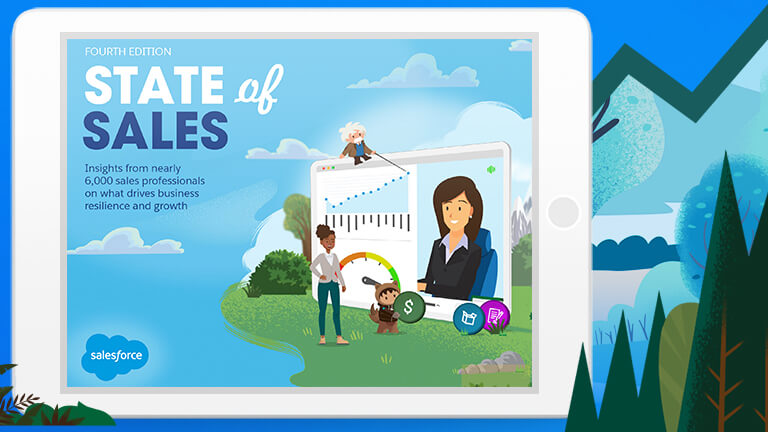
Research
State of Sales Report
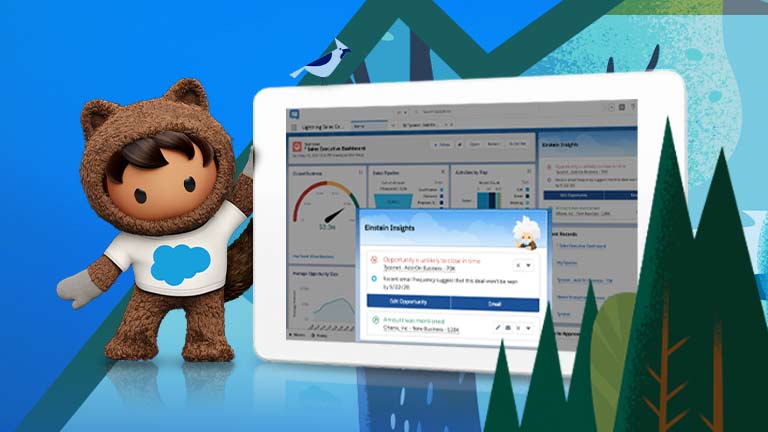
Video
How Sales Cloud Generates More Revenue Faster
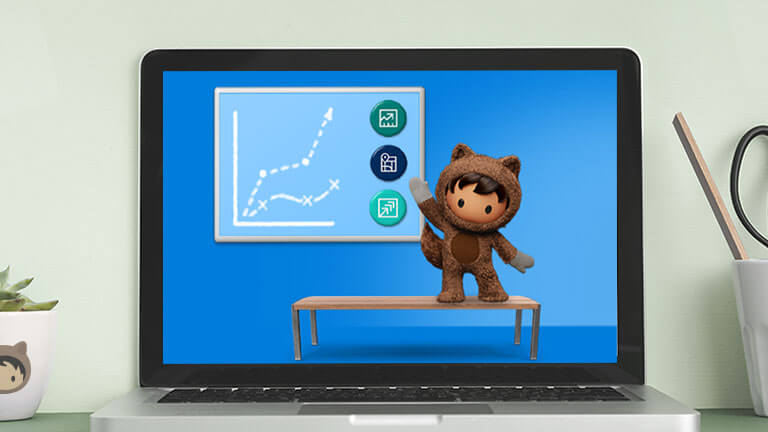
Guide
5 Sales Strategies to Fuel Recovery and Revenue Growth

